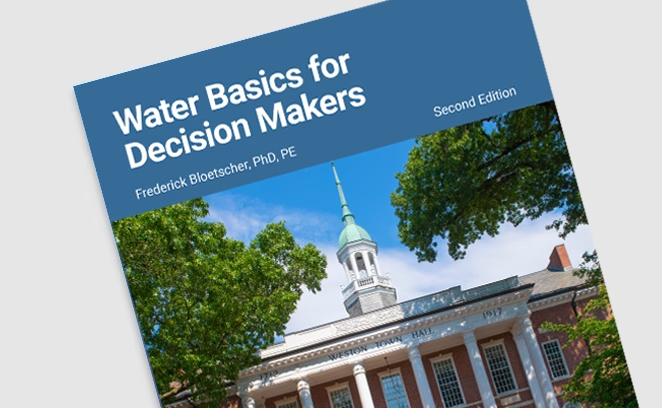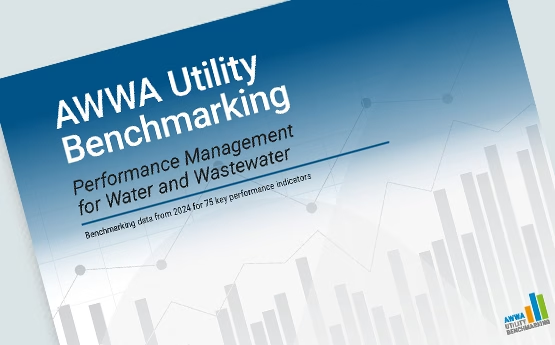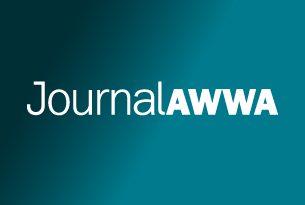Water Infrastructure Funding
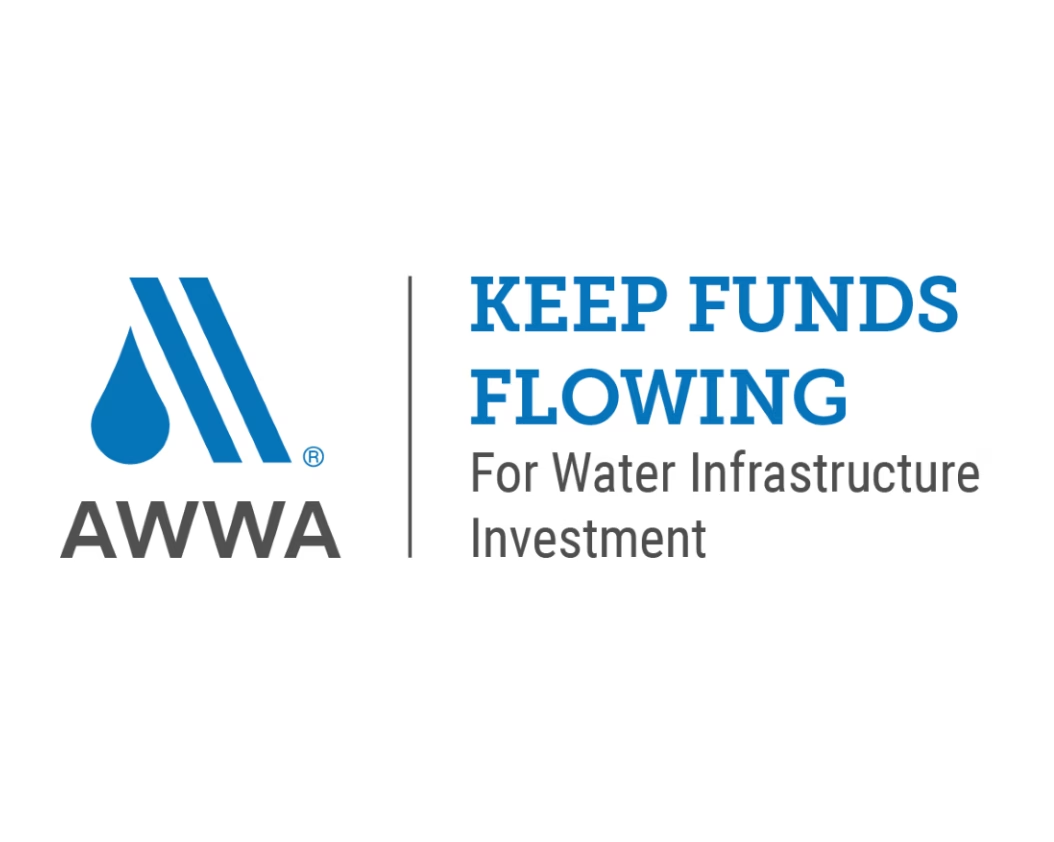

Water Infrastructure Funding
We are at a pivotal moment for the future of our nation’s water systems. With decades of progress at risk and essential federal programs facing steep cuts, now is the time for policymakers, advocates, and communities to come together to ensure continued access to safe, affordable, and resilient water infrastructure. This page highlights how we can protect programs that help communities thrive. Sustained federal investment is not just necessary, it's smart.
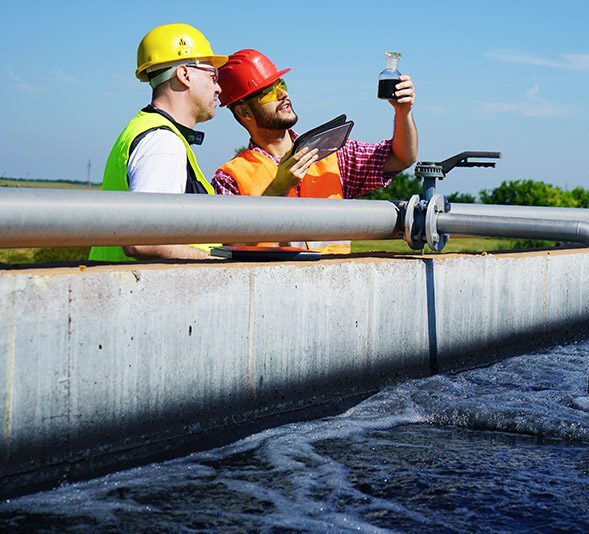
Federal Cuts, Local Consequences
Across the country, the systems that deliver clean drinking water and treat wastewater are aging and the resources needed to maintain them are struggling to keep up. For decades, federal programs like the State Revolving Funds (SRFs) and the Water Infrastructure Finance and Innovation Act (WIFIA) have helped communities upgrade and expand their water infrastructure. But now, that support is in jeopardy.
Congress is currently considering making cuts to these cornerstone programs, potentially reducing SRF funding or scaling back WIFIA. If enacted, these cuts would shift the financial burden to local governments and ratepayers, many of whom are already struggling to afford essential services.
Without continued federal investment, communities across the country could face delays in critical repairs, rising costs, and increased threats to public health, safety, and the environment.
How WIFIA and SRFs Work
Programs like WIFIA and SRFs are strategic financing tools that help communities do more with less.
WIFIA and SRFs are a great example of efficient, impactful federal-local partnership for the benefit of local communities and the country.
The Programs
- WIFIA provides low-interest, long-term loans, not grants. Communities must repay the funds, but the favorable terms make large infrastructure projects more affordable and financially viable.
- SRFs are state-managed loan programs that use a mix of federal and state dollars. As communities repay their loans, the funds are recycled to support future projects, making them self-sustaining over time.
What They Do
- Leverage local investment: federal dollars attract additional funding from bonds, private capital, and state sources.
- Reduce the cost of borrowing, saving communities and ratepayers money.
- Enable projects that wouldn’t otherwise be possible, especially in small or disadvantaged communities.
By The Numbers
$ 2.7 B
Amount of federal dollars appropriated to SRFs for Fiscal Year 2025
$ 72 M
Amount of federal dollars appropriated to WIFIA for Fiscal Year 2025
$ 625 B
EPA’s estimate of drinking water infrastructure investment needed over next 20 years
$ 5 B
Total utilities have saved since WIFIA’s inception
25 %
Average reduction in project costs with WIFIA financing
38 %
Portion of DWSRF funds that have gone to water systems serving 10,000 people of fewer
Real Stories, Real Impact
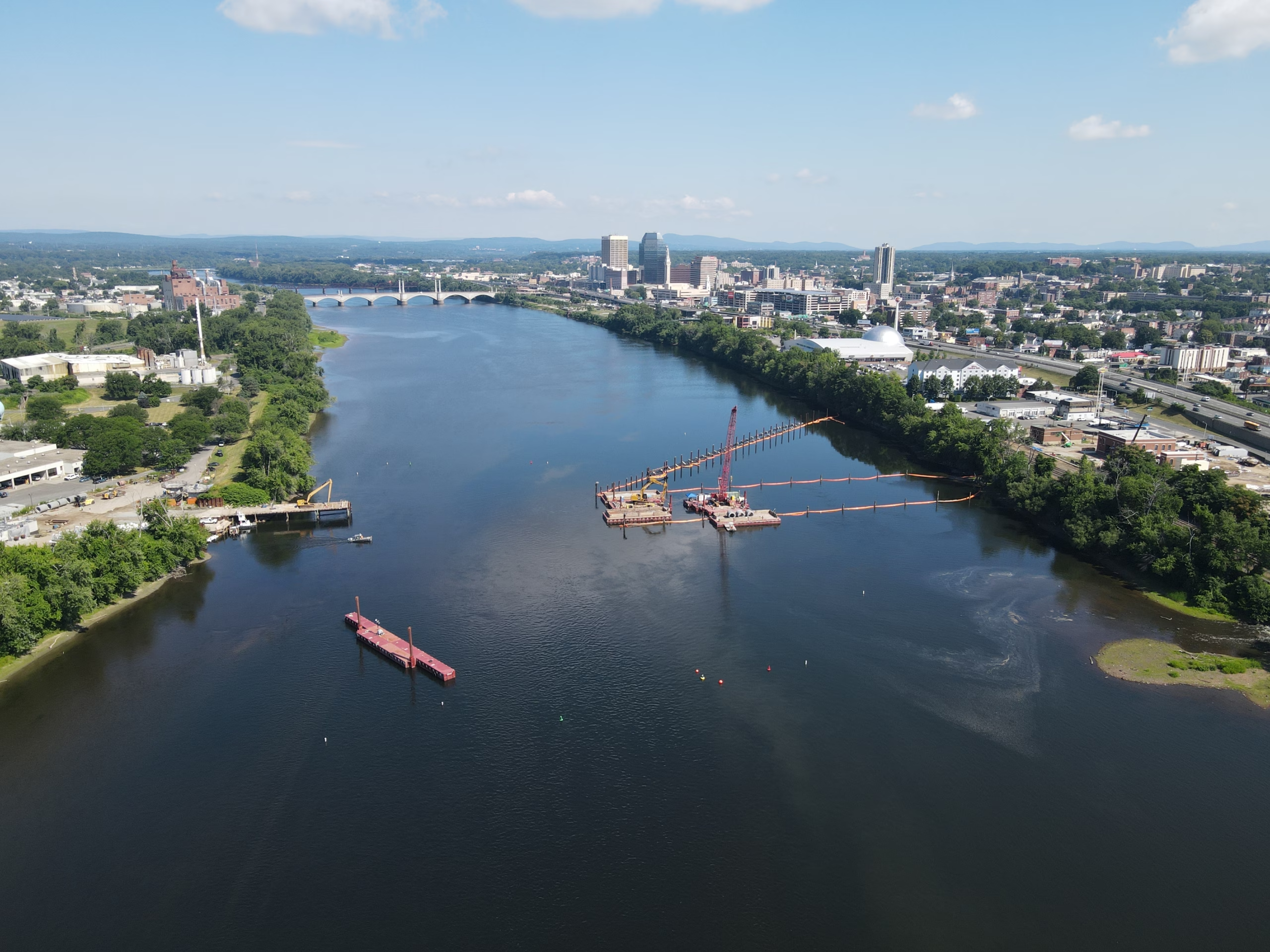
How WIFIA helped Springfield accelerate a ‘massive capital program’
Like any utility, the Springfield Water and Sewer Commission in Massachusetts keeps a running tally of its infrastructure needs and prioritizes project by risk, based on how soon components will reach the end of their life spans and potentially hinder drinking water or wastewater service.
Read More

Replacing a century-old reservoir, thanks to SRF funding
When a community’s water infrastructure is more than a century old, the stakes for renewal are high. In Canton, Ohio, the city’s main storage reservoir — constructed around 1920 — has served generations but in recent years finally showed signs of wear. Thanks to the Drinking Water State Revolving Fund (DWSRF), Canton is now on the cusp of a major upgrade that will secure safe, reliable water for its 100,000 residents for decades to come.
Read More
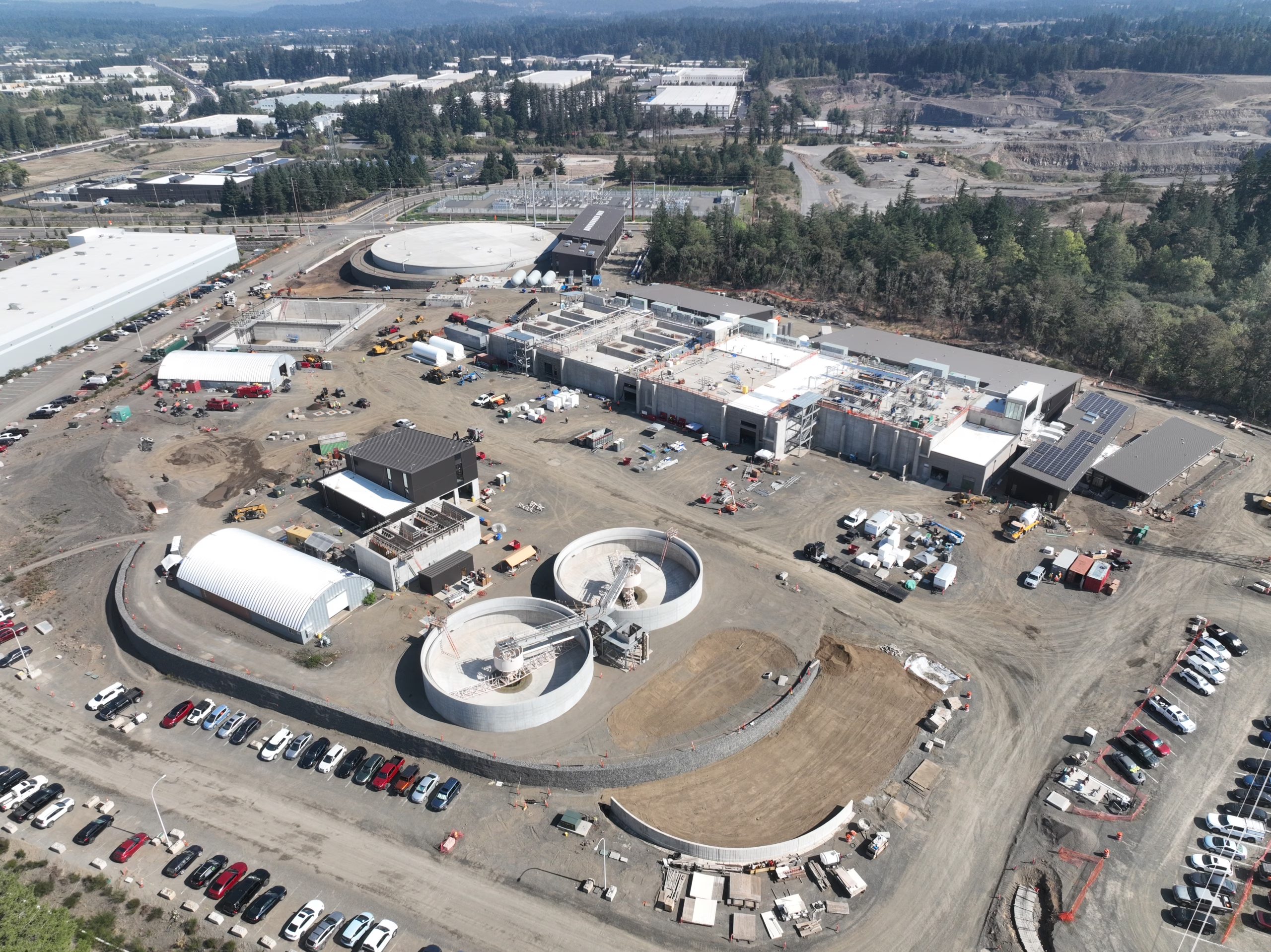
A water supply system built to bend, not break
A decade ago, the Tualatin Valley Water District and the cities of Hillsboro and Beaverton in northwest Oregon came together to invest $1.6 billion in a new supply system. It wasn’t just any supply system, but a system built to withstand the very real threat of seismic activity present for their geography.
Read More
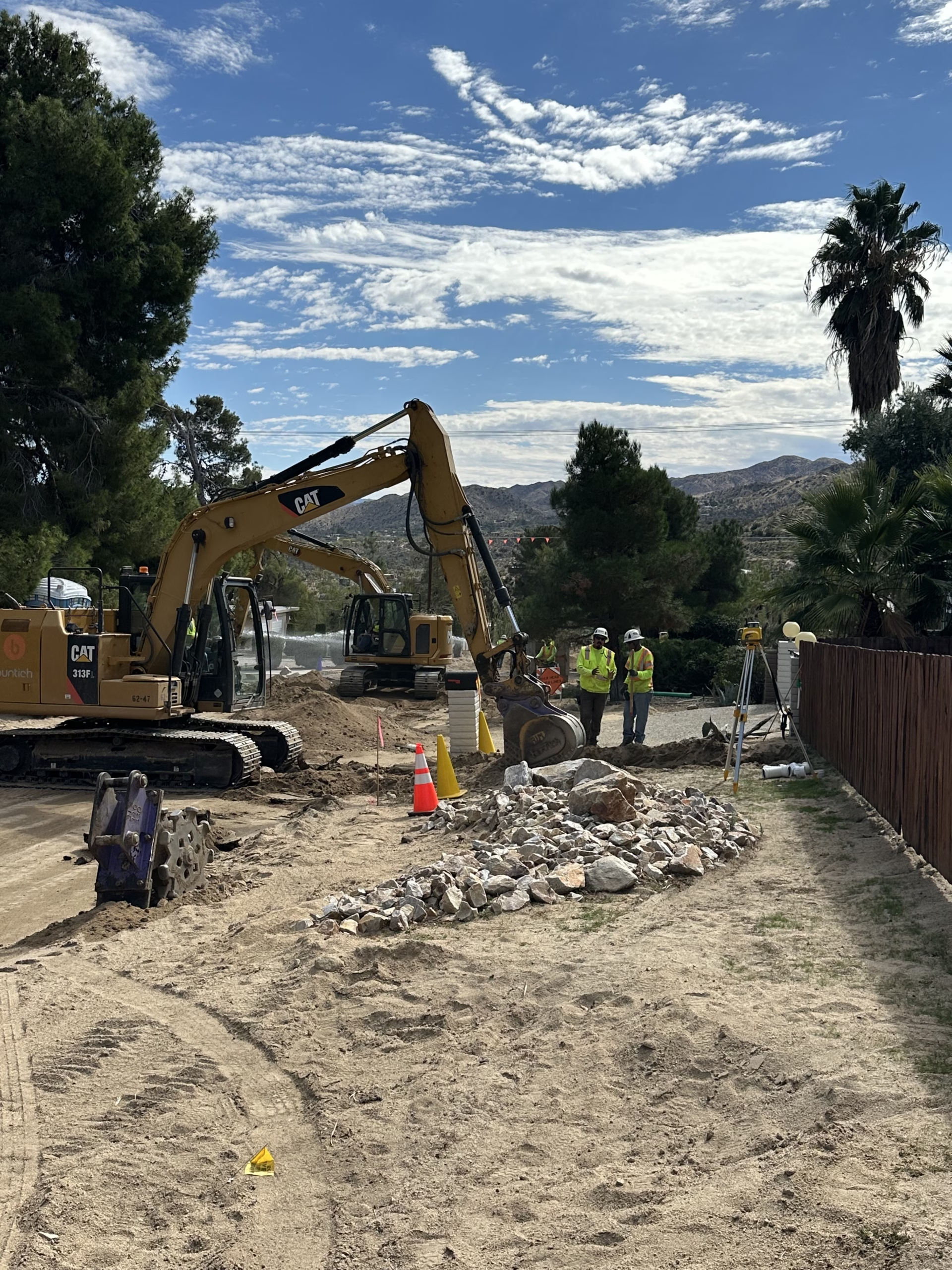
SRFs power critical sewer expansion in high desert
The Hi-Desert Water District in southern California is demonstrating how strategic advocacy and governmental funding can transform essential infrastructure. With a $103 million grant from Clean Water State Revolving Fund (SRF), the district is launching the second phase of its ambitious sewer project — laying 33 miles of pipe and connecting nearly 2,000 properties in Yucca Valley that currently rely on septic systems.
Read More
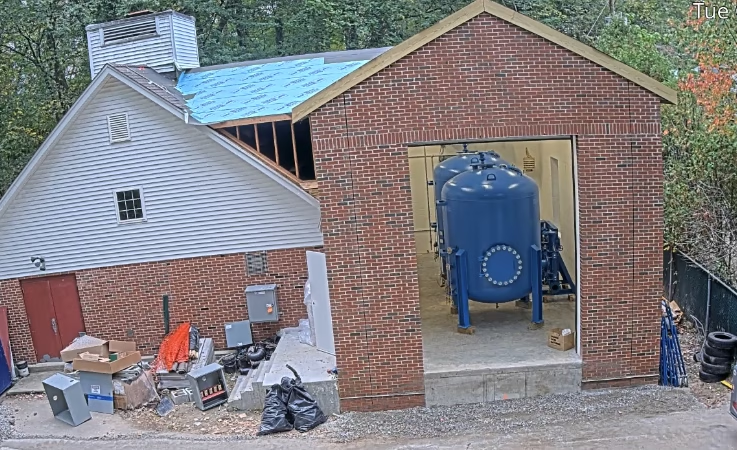
SRFs support PFAS and lead infrastructure improvements in New Jersey
When Ridgewood Water in New Jersey discovered PFAS contamination in all 52 of its groundwater wells, the utility faced the monumental challenge of funding a complete overhaul of its treatment system to meet new state and federal regulations.
Read More
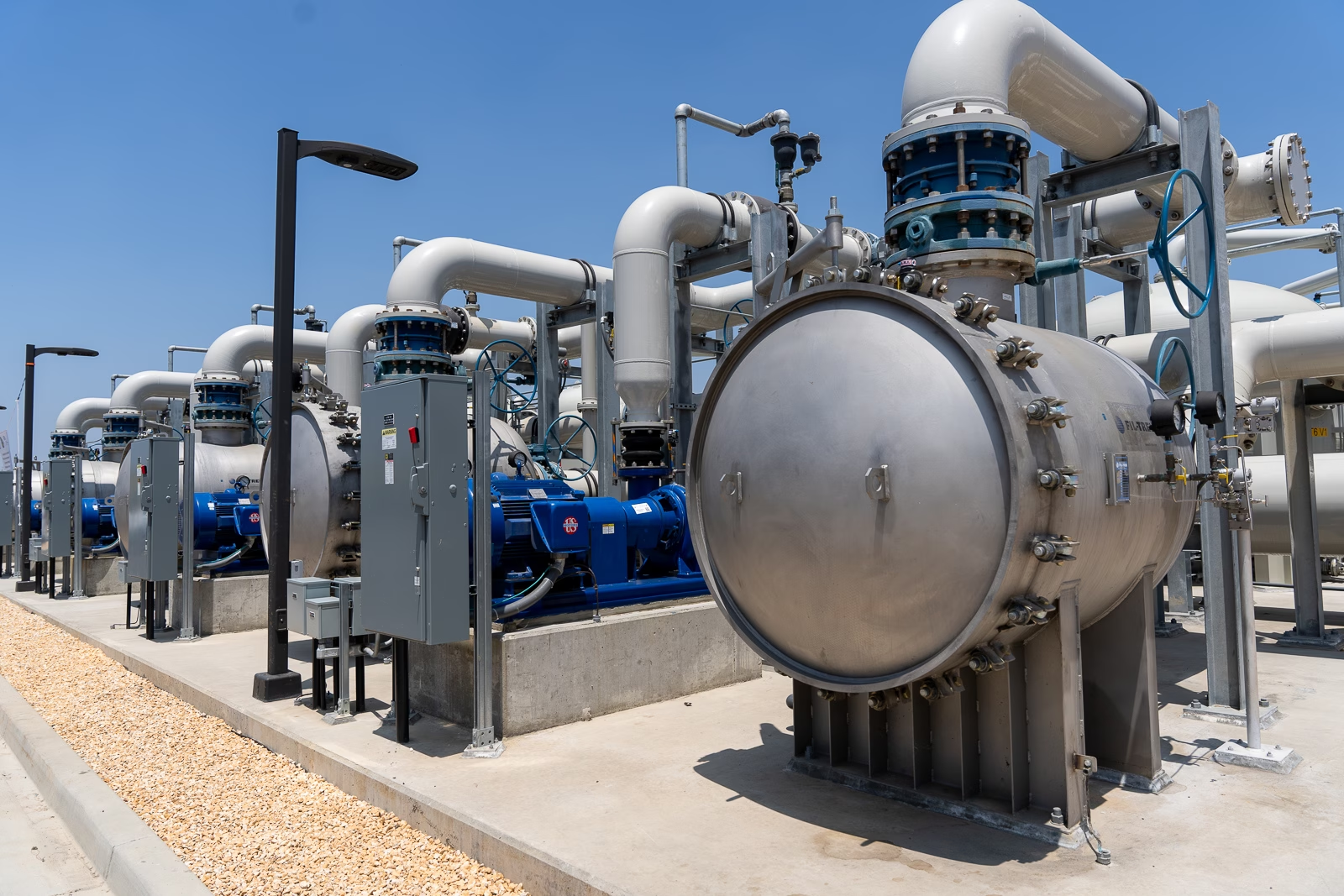
Keep Funds Flowing: Federal funding fuels PFAS response in Southern California
The Orange County Water District in California offers a powerful example of how support from the Drinking Water State Revolving Fund (DWSRF) and other federal programs enables utilities to respond to evolving demands and challenges.
Read More
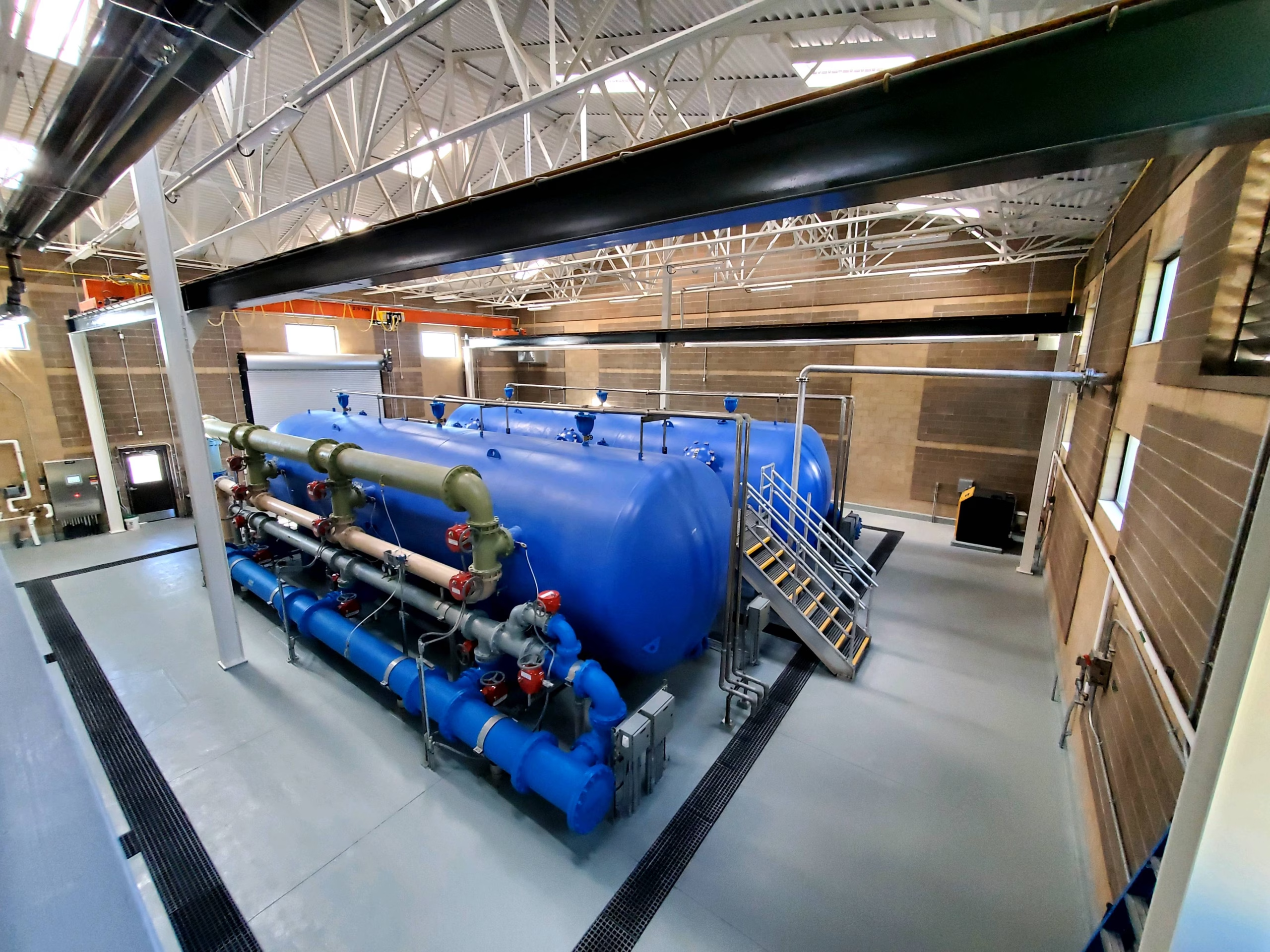
SRF loans deliver big savings and clearer water for Utah residents
The Granger-Hunter Improvement District in West Valley City, Utah, utilized SRF loans to install an oxidation and filtration system, which cleans groundwater containing high levels of iron, manganese, and ammonia. This system prevents water in homes from turning brown, black, or yellow.
Read More
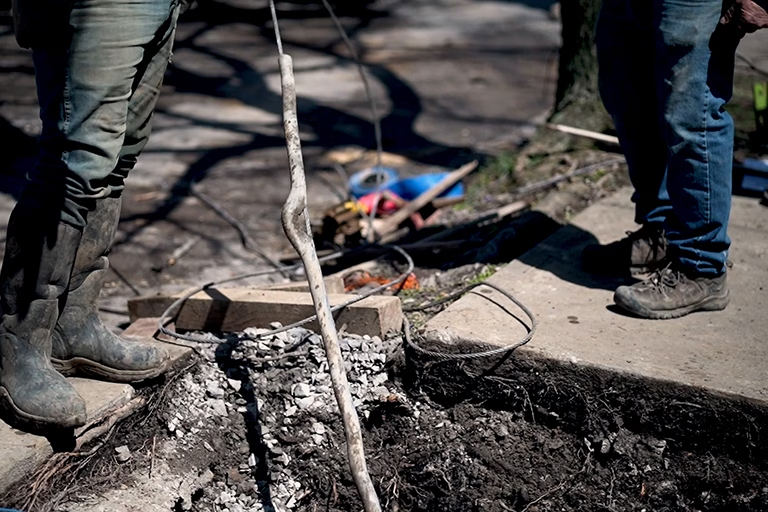
Pittsburgh infrastructure project underscores importance of SRFs
Pittsburgh Water, the largest water service provider in the Steel City, is working toward its goal to replace all residential lead service lines by 2027 with the support of state revolving funds from PENNVEST.
Read More
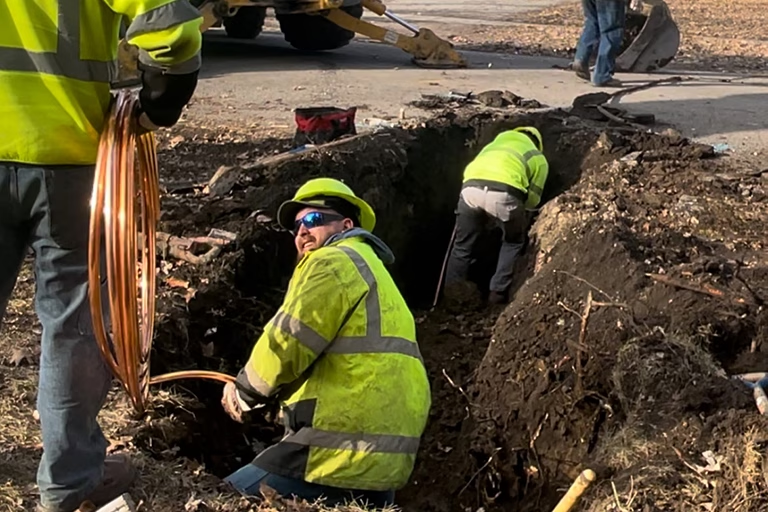
How SRFs are helping tackle lead service line replacement in Illinois
The water utility in Springfield, Illinois, has long relied on State Revolving Funds for infrastructure upgrades to include a recent project to pay for the private side of lead service line replacements.
Read More
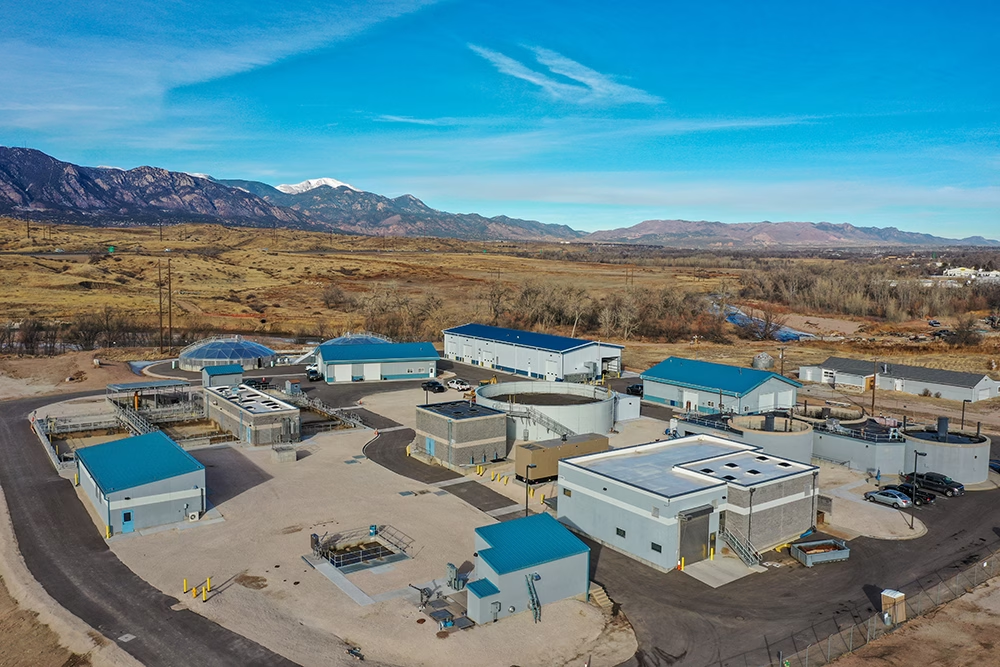
How SRFs overhauled an outdated wastewater system in Colorado
When the Security Sanitation District southwest of Colorado Springs set out to update its wastewater treatment plant, it had been 30 years since the last update.
Read More
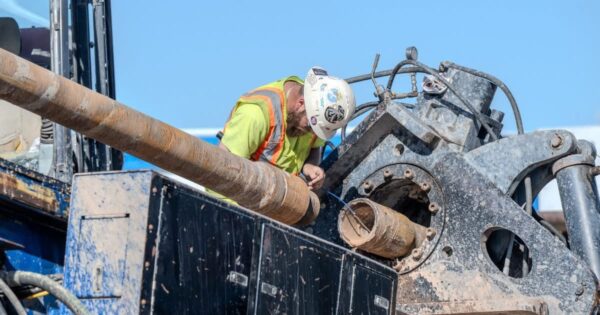
Federal WIFIA loan fortifies Florida Keys’ water resilience
The Florida Keys Aqueduct Authority (FKAA) is significantly enhancing the resilience and reliability of its drinking water system, thanks to a substantial $147 million Water Infrastructure Finance and Innovation Act (WIFIA) loan from the U.S. Environmental Protection Agency (EPA).
Read More
Share Your Story
Has your utility benefited from federal infrastructure funding? If AWWA can feature your project in its advocacy efforts, please share by filling out the form linked below.
Hear About More Water Infrastructure Projects
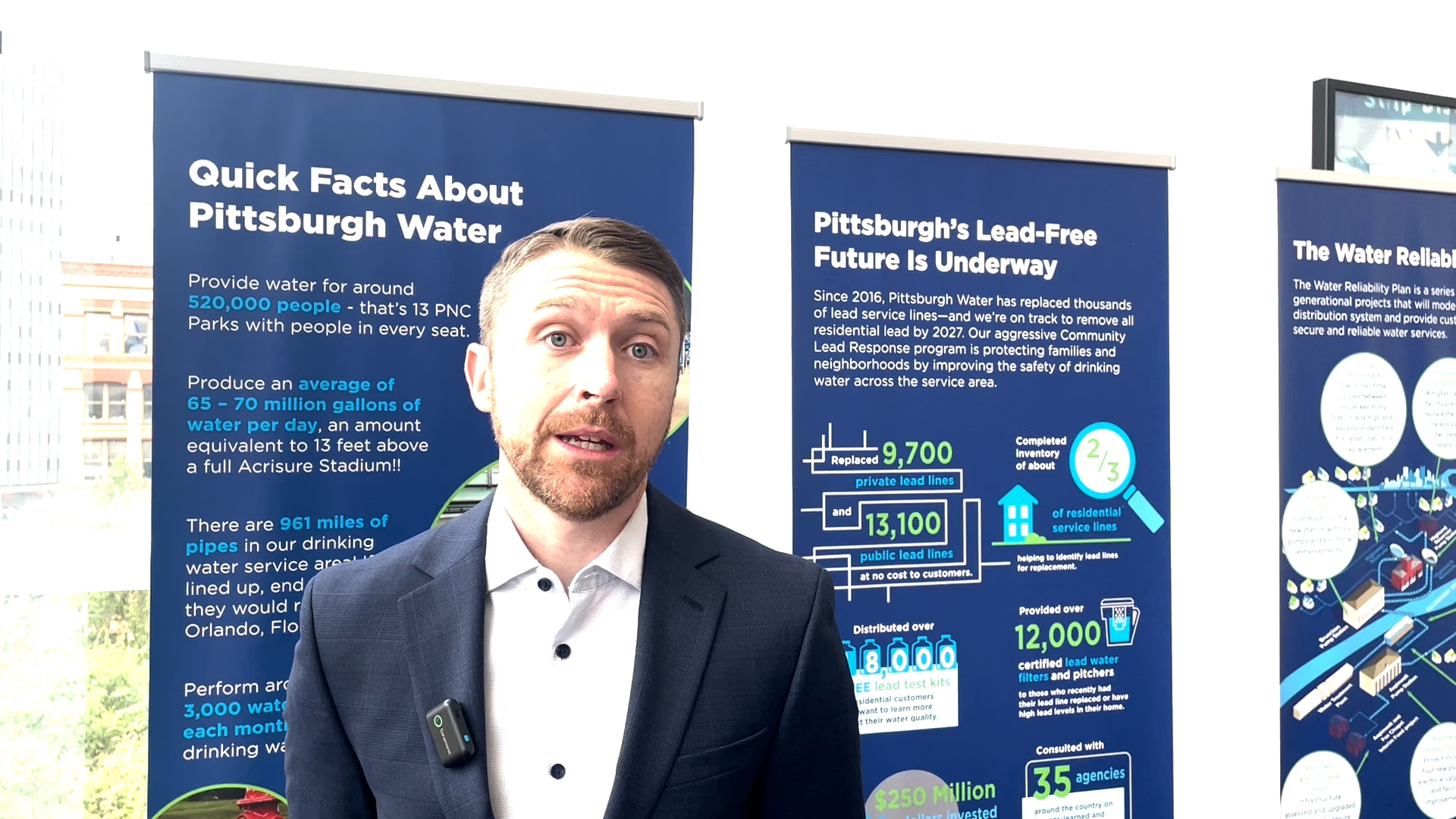
Will Pickering of Pittsburgh Water talks about the critical role, PENNVEST, Pennsylvania’s state revolving fund program, plays in maintaining and repairing infrastructure in Pittsburgh.
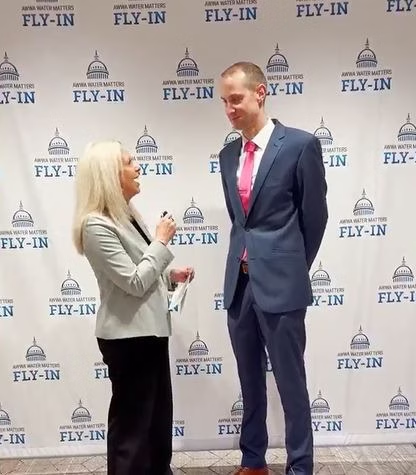
Curt Czarnecki of Kenosha Water Utility explains how Wisconsin’s SRF funding enabled their lead service line replacement project, an important step in protecting public health.
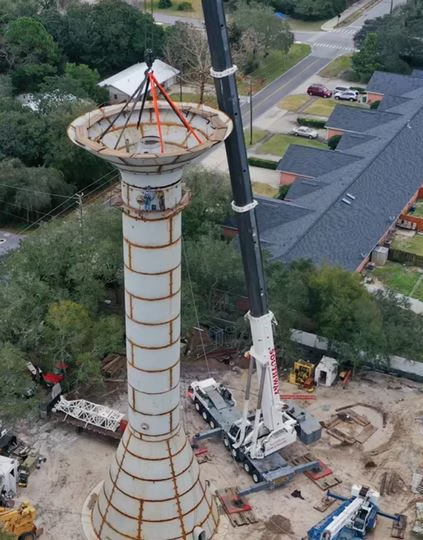
Monica Wallis from Destin Water Users shares how SRF funding helped bring a new elevated water tank to life, strengthening infrastructure in their Florida community.
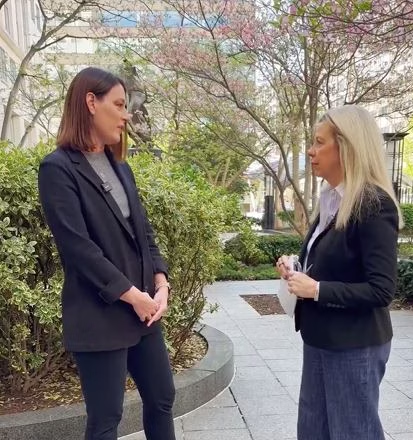
Cynthia Lane of Southwest Metropolitan Water & Sanitation District (CO) describes how a Clean Water SRF loan supported the replacement of a critical gravity sewer line in their community.
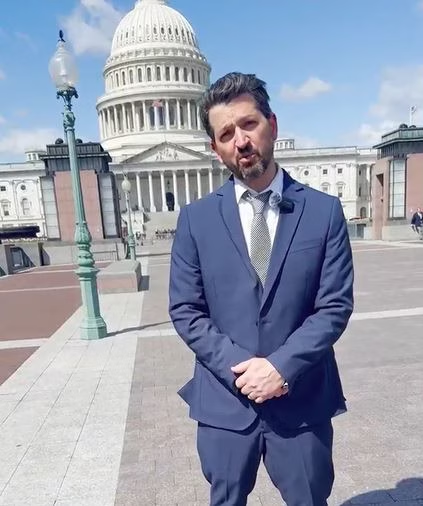
Joe Lanzafame of New London Public Utilities (CT) outlines their lead service line replacement program and the essential role of federal and state funding in making it possible.
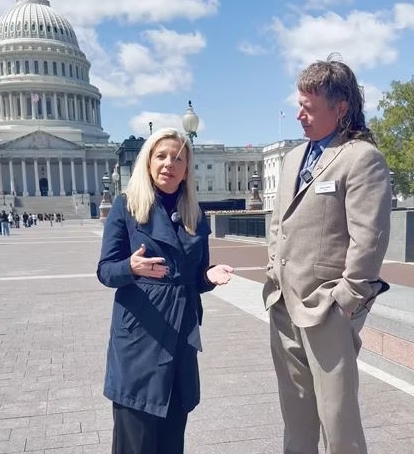
Jason Palmer shares how a major SRF investment is powering a $51 million wastewater treatment project in Green River, Wyoming.
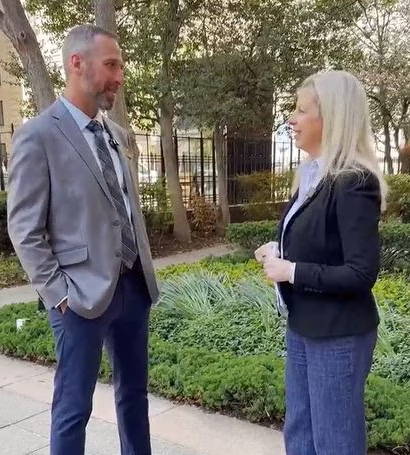
Brett Fritzler from the Village of Gurnee Water Utility (IL) reflects on how federal support has enabled key infrastructure upgrades that benefit their entire community.
Technical Resources
Reports
2025 State of the Water Industry Executive Summary Report
Read the Report
Clean Water and Drinking Water State Revolving Fund Programs, Survey of Fiscal Sustainability Plan and Asset Management Requirements
Read the Report
Buried No Longer: Confronting America’s Water Infrastructure Challenge
Download the Report

Advertisement
Events With a Focus on Infrastructure
See All Events
Water Infrastructure Conference
The Water Infrastructure Conference features the latest science, technology, and solutions.
August 30-September 2, 2026
Indianapolis, IN
Annual Conference & Expo
Join water heroes at one of the largest and most important global water gatherings.
June 21-24, 2026
Washington, D.C.
Advertisement
